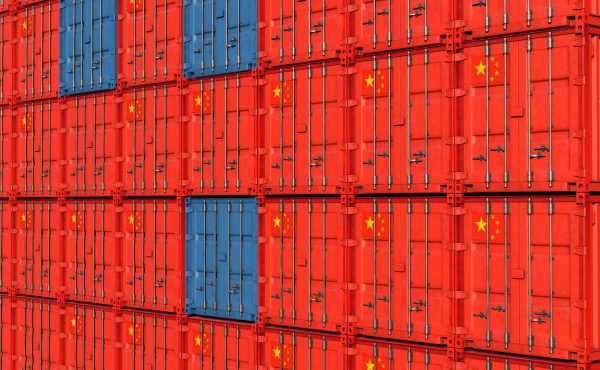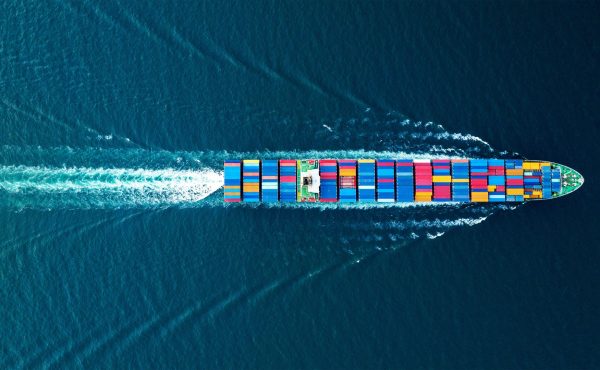The Panama Canal, a milestone in global logistics
On 15 August 1914, a historic event represented a turning point in global trade. The first ship, the SS Ancon, successfully crossed the recently opened Panama Canal, connecting the Atlantic Ocean with the Pacific Ocean for the first time in history. This maritime canal, one of the greatest engineering achievements of all time, continues to be a major hub for international trade.
Before the construction of the Panama Canal, ships wishing to cross from one ocean to another had to sail thousands of miles around Cape Horn, at the southern tip of South America, or face the difficult conditions of the Strait of Magellan. This long and dangerous journey was an enormous waste of time and resources.
The need for a canal to connect these two oceans had been clear since the 16th century, but it was not until the beginning of the 20th century that construction began, thanks to the vision of figures such as Ferdinand de Lesseps, the French engineer behind the Suez Canal, and the interest of the United States in facilitating trade and shipping.
Construction of the Panama Canal was a monumental challenge, both in terms of geography and the technical and health problems faced by the workers. The canal crosses the Isthmus of Panama, a strip of land connecting North America with South America. The project involved excavating millions of tons of earth and rock and overcoming diseases such as malaria and yellow fever.
After the United States purchased the failed French project, construction began in 1904 and after a decade of work, the canal was completed in 1914, changing global trade routes forever.

The impact of the Panama Canal on logistics
Today, the Panama Canal continues to be one of the most important transit points in the world. Approximately 12,000 ships transit through it every year, transporting essential goods such as oil, grain, machinery and manufactured products between the Atlantic and Pacific markets.
The canal has significantly reduced travel times and transport costs between the two oceans. For example, instead of travelling more than 13,000 kilometers around South America, ships can cross the canal in approximately 8 to 10 hours, saving days of navigation and millions of euros in operating costs.
The Panama Canal continues to be a fundamental driver of the global economy, connecting markets around the world, facilitating trade, reducing transportation costs and times, and opening the door to new opportunities for logistics companies and consumers.
Categorías
Compartir








